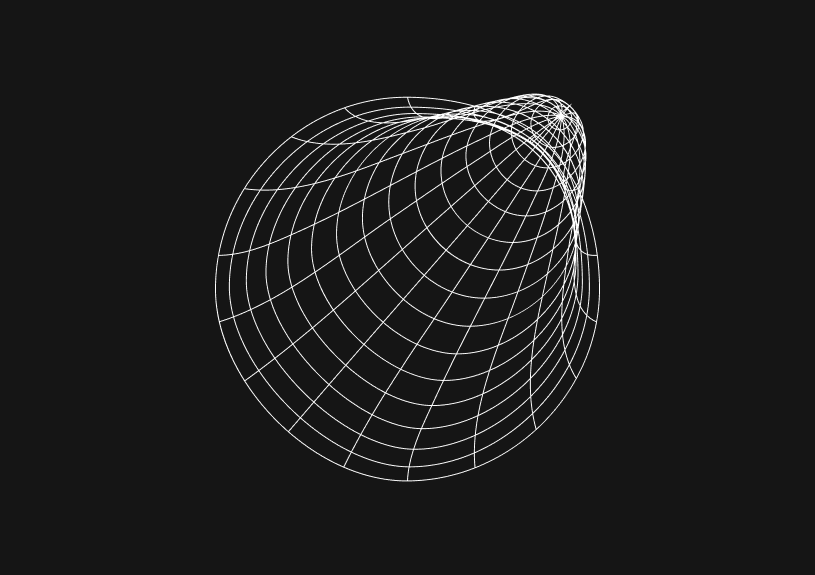
Understanding the Difference: head vs header in HTML
HTML documents leverage a mix of elements, each tailored for specific use cases. Within this mix, head and header elements often confuse people because of their seemingly similar names. However, they fulfill distinctly different roles within an HTML document. Grasping these differences is key to mastering HTML document structure, enhancing your web development skills.
What is the head element?
The head element acts as a metadata container, nestled between the <html> and <body> tags. Invisible to users, it typically encompasses elements that specify the document's title, character set, links to stylesheets, scripts, and other meta-information.
<!DOCTYPE html> <html> <head> <title>Page Title</title> <meta charset="UTF-8"> <link rel="stylesheet" href="style.css"> <script src="script.js"></script> </head> <body> <!-- Content goes here --> </body> </html>
What does the header element do?
Contrastingly, the [header element](https://www.basedash.com/blog/mastering-html-headers-structure-seo-accessibility), situated within the <body> of an HTML document, represents introductory content. It’s visible to users and often includes headings (<h1> to <h6>), logos, navigation, or any other elements that introduce the website or a specific section of it.
<body> <header> <h1>Welcome to My Website</h1> <nav> <ul> <li><a href="#home">Home</a></li> <li><a href="#about">About</a></li> <li><a href="#contact">Contact</a></li> </ul> </nav> </header> <main> <!-- Main content goes here --> </main> </body>
How do head and header differ?
- Location and visibility: The
headelement, placed outside the<body>, remains invisible to the end user. Theheader, however, forms part of the<body>and contains elements that users can see. - Purpose: While the
headelement holds meta-information critical for the web page, such as CSS links and the page title, theheaderelement usually carries introductory content or navigation links. - Usage: A document contains only one
headelement, but can include multipleheaderelements across different sections or articles on the same page.
Distinguishing between these two elements not only sharpens your HTML document structuring but also paves the way for creating semantically correct and accessible web pages.
Invite only
We're building the next generation of data visualization.

How to Center a Table in HTML with CSS
Jeremy Sarchet
Adjusting HTML Table Column Width for Better Design
Robert Cooper
How to Link Multiple CSS Stylesheets in HTML
Robert Cooper
Mastering HTML Table Inline Styling: A Guide
Max Musing
HTML Multiple Style Attributes: A Quick Guide
Max Musing
How to Set HTML Table Width for Responsive Design
Max Musing






